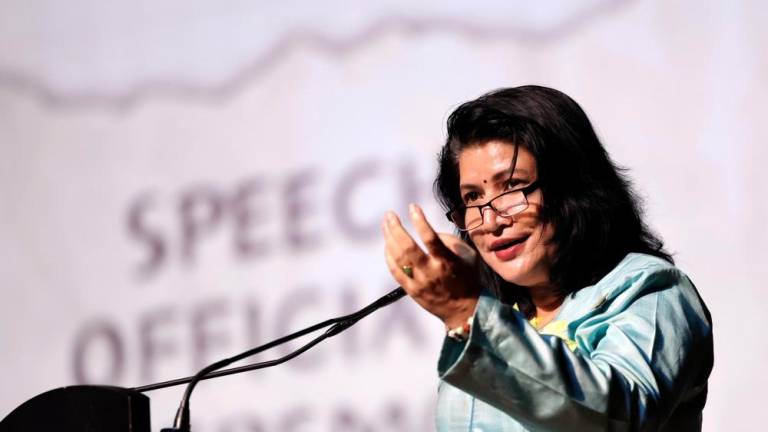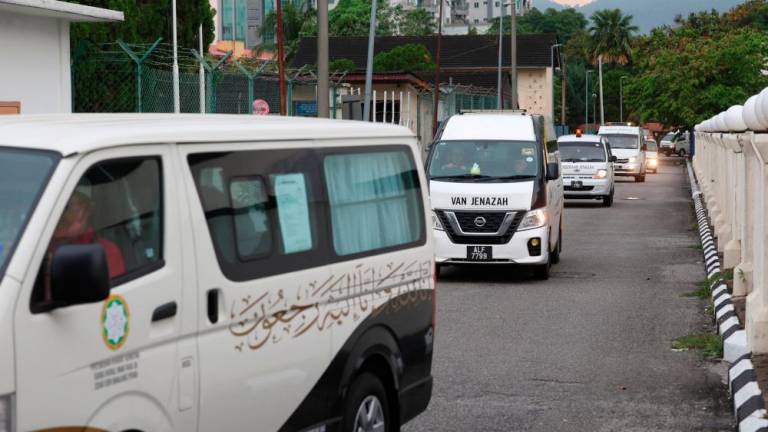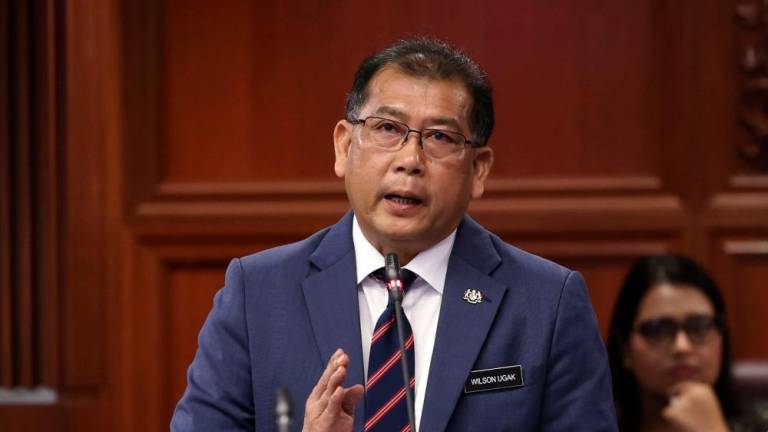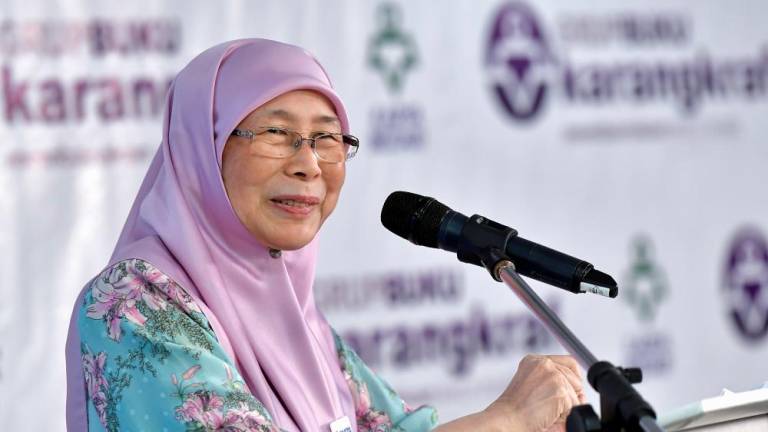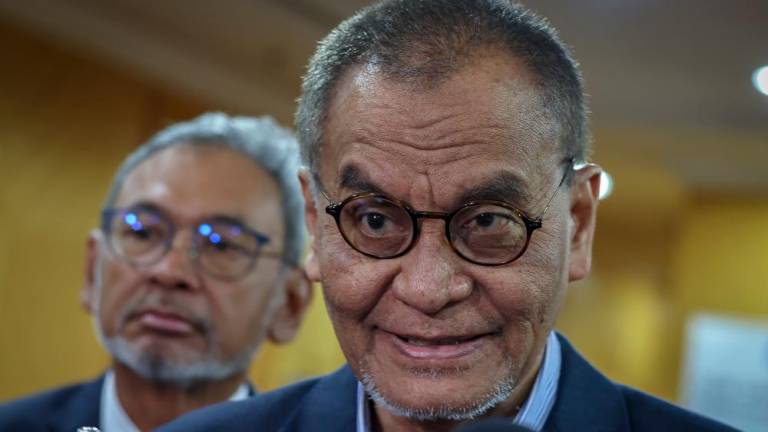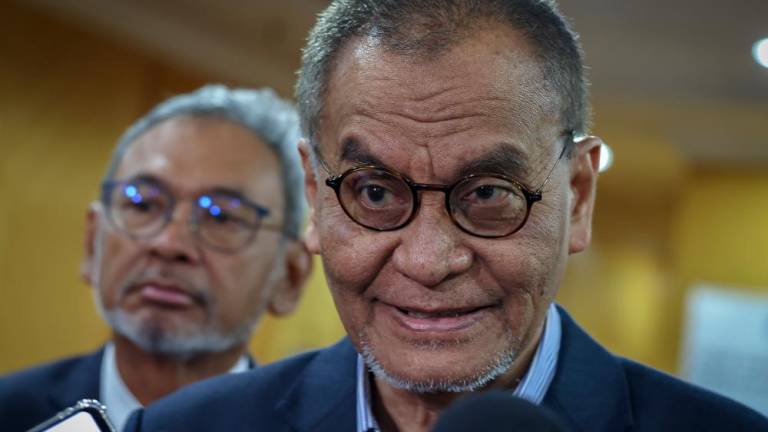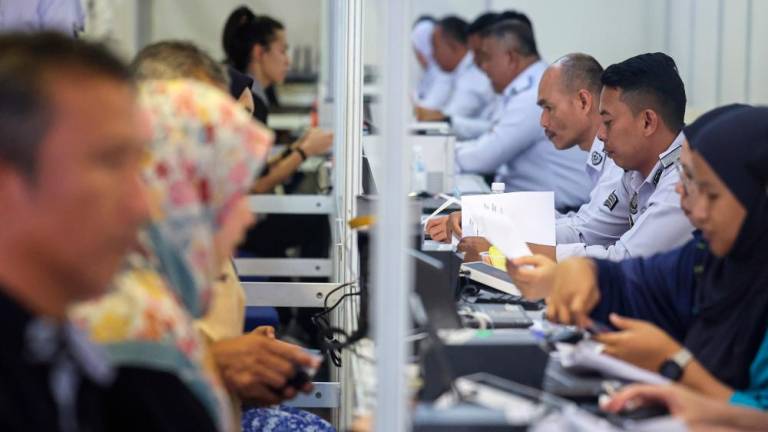MANY governments of developing, especially poor countries are unsure what to do, fearing the likely economic consequences of the “lockdowns” increasingly adopted by Western economies. Indeed, lockdowns may shut down businesses relying on daily turnover and eliminate incomes for daily rated workers.
Meanwhile, most East Asian and some other governments have acted early to trace, test, isolate and treat the infected without lockdowns. Yet, most measures recommended have been criticised as beyond the means of the most vulnerable societies and populations.
Early measures
Early measures have required “physical distancing” and other precautionary measures – at work, at home and in the community, at relatively low cost. People also need to be prepared to live differently for a long time to come as part of a “new normal”, at least until everyone can be effectively vaccinated.
“All of government” approaches are urgently needed everywhere to provide effective leadership to “whole of society” efforts to contain the spread of viral infections. While this is no conventional war, only whole of society mobilisation efforts can help mitigate major economic disruption and damage.
This should not only involve public health and police authorities, typically those empowered by draconian lockdowns. But repressive measures are unlikely to secure needed public support for effective enforcement and implementation, and adoption of needed behavioural and cultural changes.
Health authorities must provide people with much better understanding of the threats faced and the rationale for policy responses to secure compliance. Public appreciation of the challenges involved is crucial for policy compliance and effective implementation.
Physical distancing, social solidarity
Kerala state in southwestern India, with a population of 35 million, has become “a model state in the fight against Covid-19”. Its government was among the first to introduce precautionary state-wide measures against the novel coronavirus threat.
Through appropriate and effective early actions, it has successfully slowed the spread of infection in the state, largely by promoting physical distancing and mainly sanitary precautionary, measures, and providing better protection for health staff well before the hugely disruptive and draconian lockdown imposed in India in late March.
The Kerala state government invited religious leaders, local bodies and civil society organisations to participate in policy design and implementation, considering its specific socio-economic conditions, including urban slum environments.
It has communicated effectively in different languages to educate all, including migrants, and to prevent stigmatisation of those infected, even opposing the term “social distancing”, which has caste connotations, with “physical distancing and social solidarity”.
Returning migrants
Despite Kerala’s long-standing achievements in education, health and science, highly educated Keralans tend to migrate to work out of state, if not abroad, seeking more lucrative employment. The state was still recovering from the devastating floods and nipah virus epidemic of 2018 when tens of thousands began returning after losing jobs in the Middle East.
Kerala is also the destination for a large number of Indian internal migrants. With the nationwide lockdown, non-residents, equivalent to almost 5% of Kerala’s population, have returned, causing a surge of new infections.
Such unusually high movements of people have made the state more vulnerable. Despite some controversy, the state appears to have handled the migrant issue very well, especially compared to other Indian state governments and the central government.
There has also been a close connection between Kerala and Wuhan, a popular educational hub offering affordable quality medical and other courses; the first three positive Covid-19 cases detected in India involved university students returning from Wuhan.
The state health department promptly went into action, setting up a coordination centre on Jan 26. Recognising there was no time to be lost, the state government set up mechanisms to identify, test, isolate and treat those infected, quickly earning an excellent reputation.
Less disruptive, less costly, more effective
Some key features of Kerala’s response, undertaken by a government with very limited fiscal resources, are hence instructive.
1. All-of-government approach: involving a range of relevant state government ministries and agencies to design measures to improve consistency, coordination and communication, and to avoid confusion.
2. Whole-of-society approach: wide community consultations, including experts, to find the most locally appropriate modes of limiting infections, along with means to monitor and enforce them.
3. Social mobilisation: communities were provided essential epidemiological information to understand the threat and related issues, ensure compliance with prescribed precautionary measures, and avoid panic.
4. No one left behind: adequate supply of essential commodities, particularly food and medicines, has been ensured, especially to protect the most vulnerable sections of society.
Credible leadership
The state government has set up 18 committees and holds daily evening meetings to evaluate the situation, issuing media updates about those quarantined, tested and hospitalised .
At these meetings, the state health minister and chief minister calmly explain what is going on, including what the government is doing. They thus provide credible leadership on the difficult issues involved, securing strong public participation for its mass campaign of containment.
Kerala’s approach has proven less disruptive, less costly and more effective than most others. After recording its first Covid-19 case on Jan 30, its infection and death rates have been kept relatively low despite much more tracing and testing. – IPS







